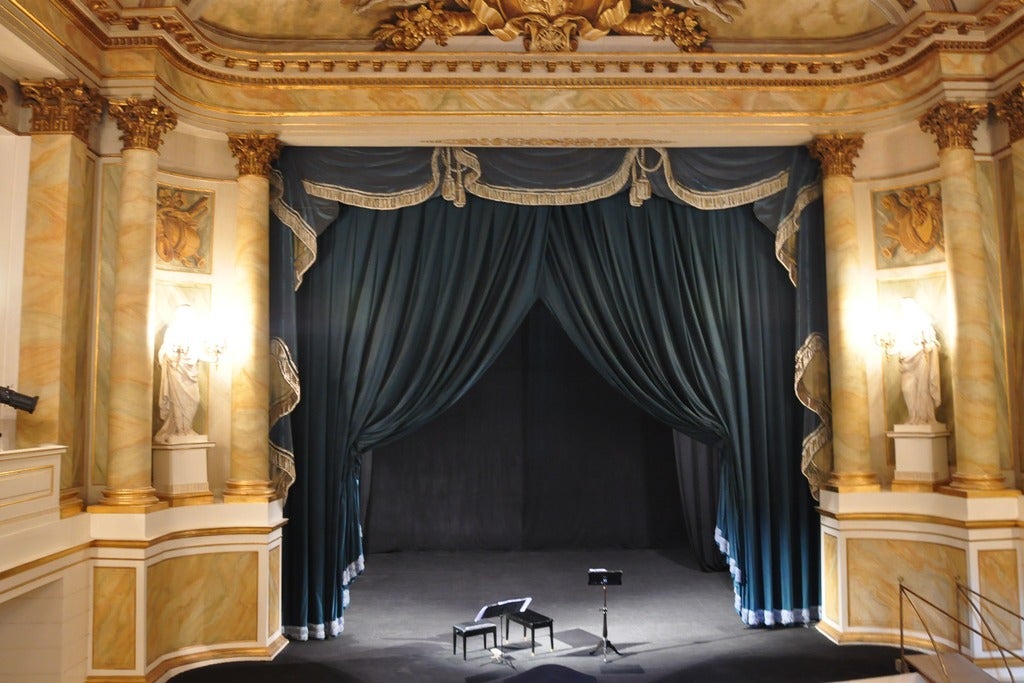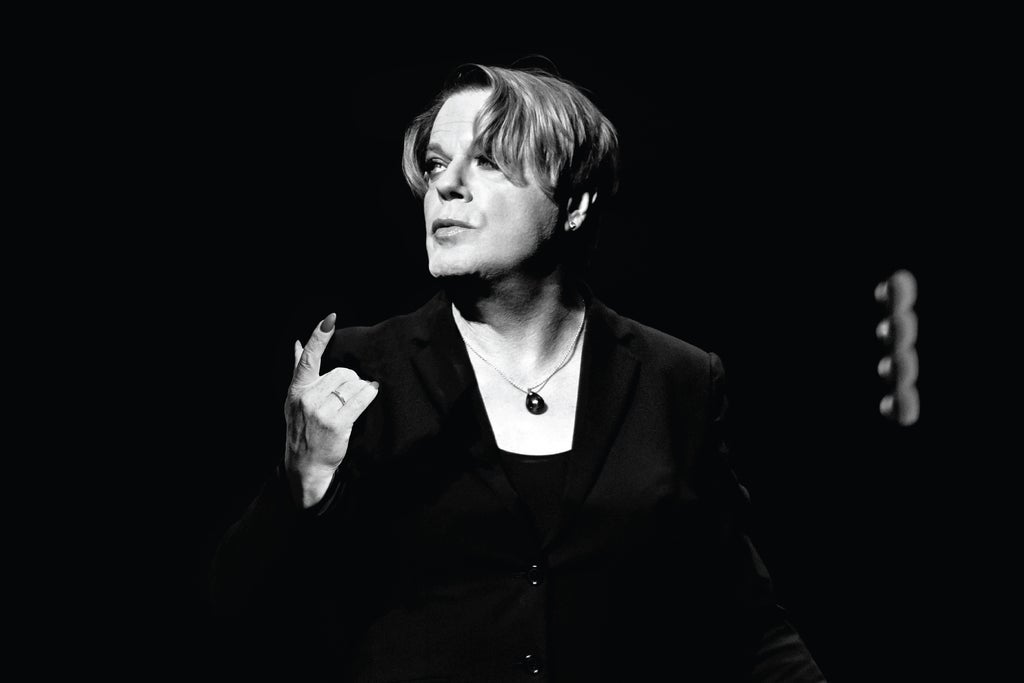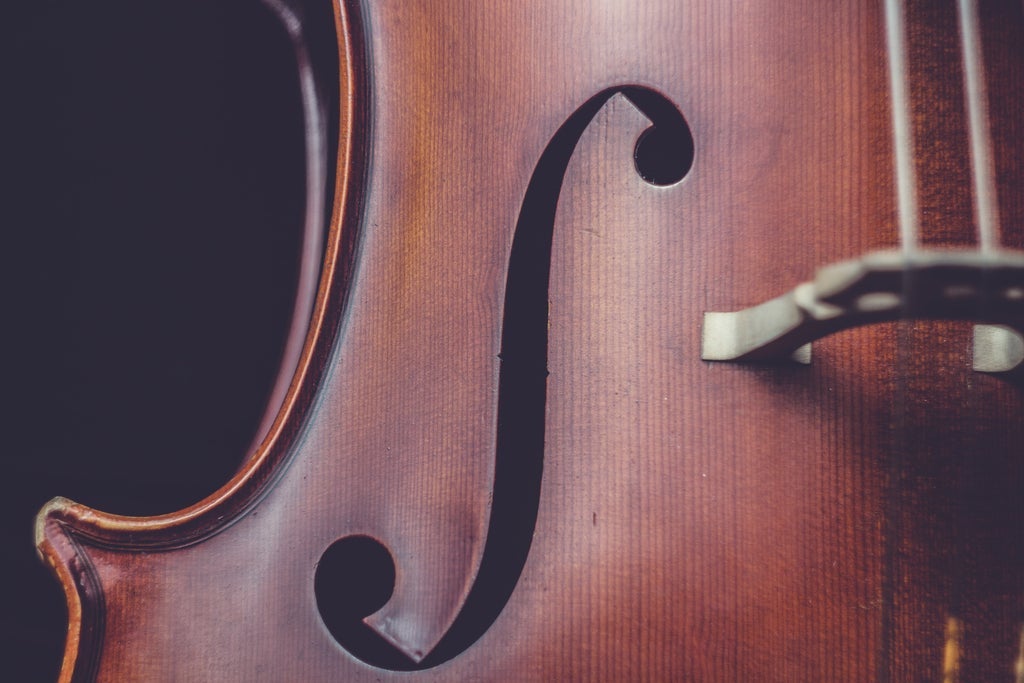Nothing, in the bitingly cruel prelude that is The Rhinegold, could foreshadow the blazing miracle of The Walkyrie whose role within the Ring cycle is clearly to portray the threatened splendour of the gods and to pave the way for the coming of the new, free man, Siegfried. Wagner plunged with ardour into the story of the sublime and accursed twins, Sieglinde and Siegmund, and that of Wotan and his beloved daughter Brünnhilde. Passion rules relentlessly over the Walkyrie and so superior is its power that it overrides distinctions between mortals and immortals and subjugates them all. Fricka and Hunding, opposing forces, serve only to heighten these passions, transforming them into questions of life and death. Wagner had no need of mythology to create these unforgettable characters, mere human beings swept away by the tragic force of existence. From the first act, with its wounded hero, the shared cup and love suddenly illuminating the night, the brutal intrusion of spring into the gloomy dwelling to the spell-binding monologues of the second act; Sieglinde's sudden outbreaks of madness and the death of Siegmund; the rock of the Walkyrie and Wotan's farewell to Brynhilde, both universe and music consumed by fire, there is perhaps, in the history of opera, no picture book more poignant than the three acts of The Walkyrie.
Cast and Creative team for Die Walküre at Opéra national de Paris - Opéra Bastille
Günter Krämer Stage director
Jürgen Bäckmann Sets
Falk Bauer Costumes
Diego Leetz Lighting
Otto Pichler Choreography
Stefan Bischoff Video images
Patrick Marie Aubert Chorus master
Stuart Skelton Siegmund
Günther Groissböck Hunding
Egils Silins Wotan
Martina Serafin Sieglinde
Linda Watson Brünnhilde
Sophie Koch Fricka
Kelly God Gerhilde
Carola Höhn Ortlinde
Silvia Hablowetz Waltraute
Wiebke Lehmkuhl Schwertleite
Barbara Morihien Helmwige
Helene Ranada Siegrune
Louise Callinan Rossweisse
Ann-Beth Solvang Grimgerde
Videos

|
UNE ANNÉE DE RÉCHAUFFEMENT
THEATRE DES 3 CLES - PARIS (3/18 - 3/18) | |

|
Paul Merton & Suki Webster''s Improv Show
The Cresset (2/20 - 2/20) | |

|
Eddie Izzard: Hamlet
Lighthouse (10/22 - 10/22) | |

|
Dilemma med Eli Kari
Lille Ole Bull (2/19 - 6/18) | |

|
Bee Gees by The Tree Gees - 60 Years of Hits
Trixxo Theater Hasselt (10/18 - 10/18) | |

|
TOUTE LA PLUIE TOMBE SUR MOI
THEATRE RONNY COUTTEURE (6/1 - 6/1) | |

|
Camerata Nordica och Alberto Agut Made in America
Släps Kyrka (4/5 - 4/5) | |
| VIEW SHOWS ADD A SHOW | ||
Recommended For You


